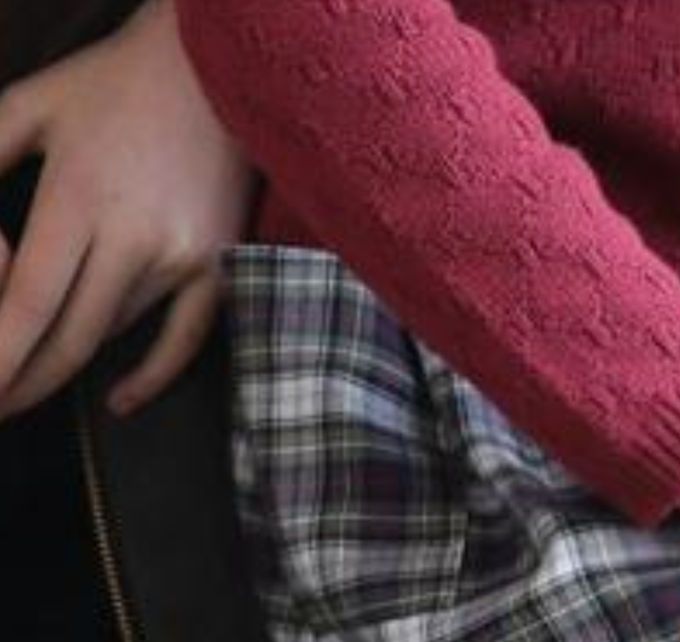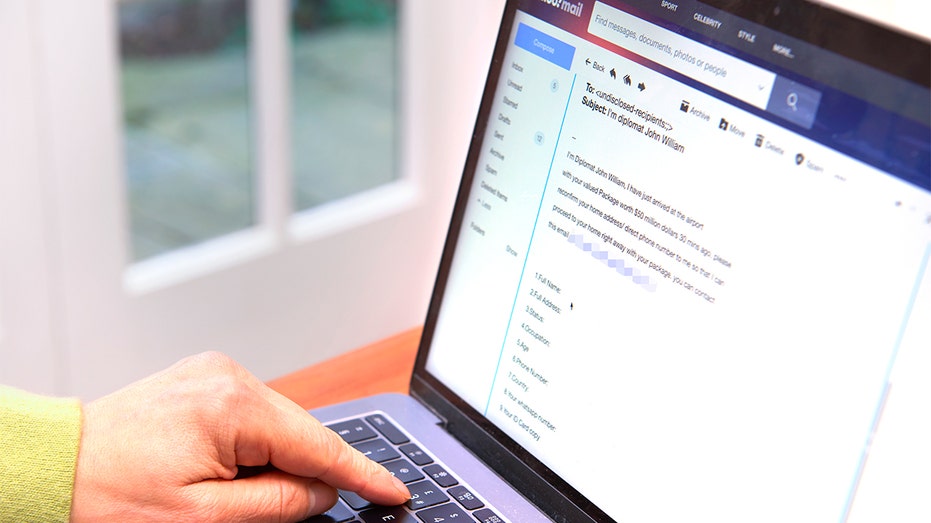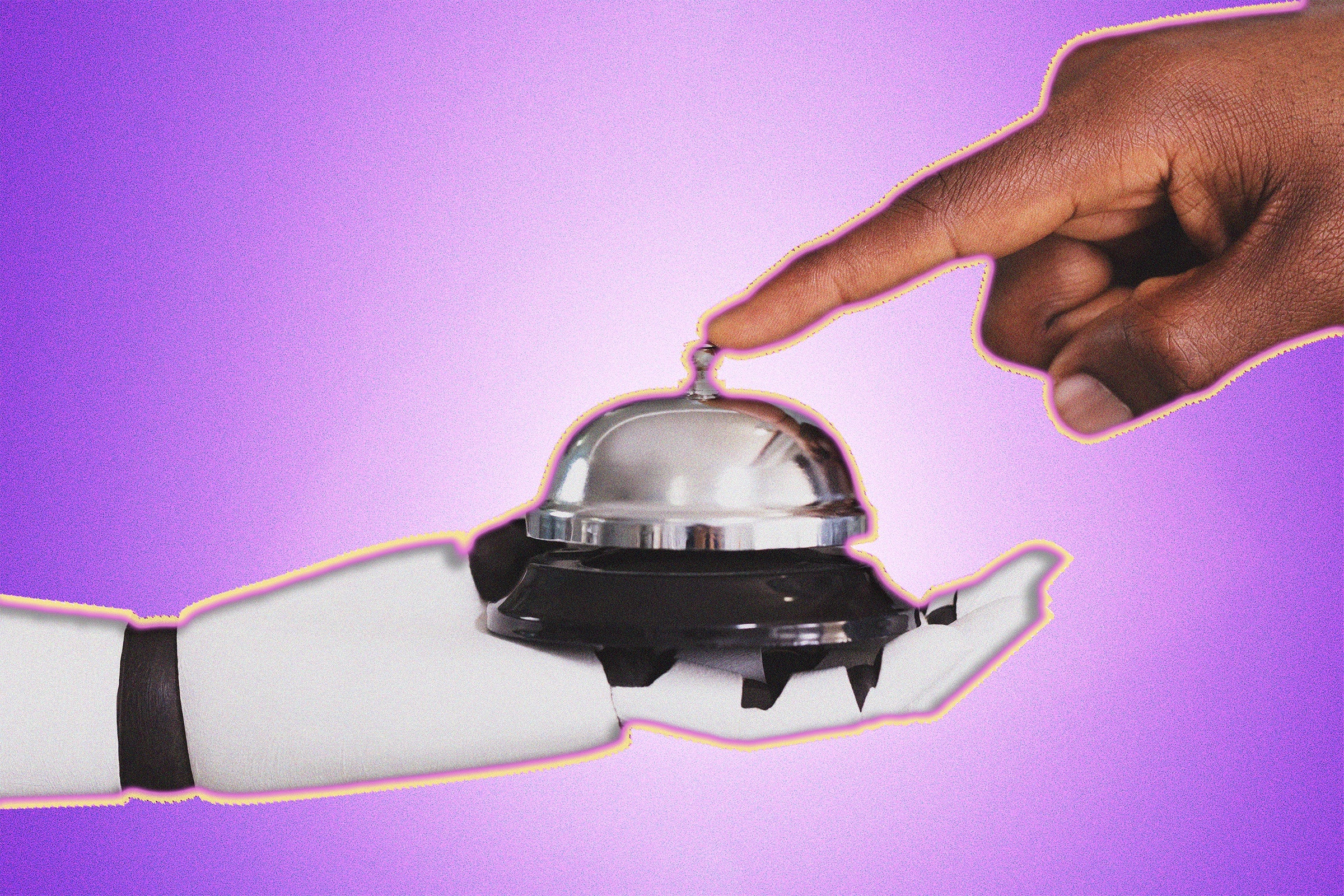A whirlwind of speculation ensued after Princess of Wales Kate Middleton posted her first official photo since abdominal surgery in December.
Kate Middleton and the Palace are already under intense public scrutiny due to limited communication from the Palace since she underwent surgery.
There have been no photographs of Kate since surgery, and both the Prince and Princess of Wales have canceled public appearances, leading to a swath of conspiracy theories alleging that Kate might be severely ill or even deceased.
Kensington Palace’s photograph, intended to capture a candid family moment, might have also sought to reassure the public about her well-being. If this was the tactic, it backfired dramatically.
Within minutes, thousands of observers highlighted issues with the image that strongly suggested it was digitally manipulated.
While the ultra-clean aesthetic of the photo is enough to tempt suspicion, several sections of the image strongly suggest the involvement of AI or digital manipulation.
Of course, the Royals, like other celebrities and public figures, professionally touch up their official photographs. But these edits are more than skin deep.
The image contains numerous evidence of digital manipulation, including diffuse edges, no wedding ring for Kate, oddly crossed fingers, a large Adam’s Apple on Kate’s throat, and green foliage in the background (unlikely for March).
As the controversy picked up, media outlets started withdrawing the photograph, including The Associated Press (AP), Reuters, Getty Images, Agence France-Presse (AFP), and the Press Association. These news agencies allegedly didn’t receive communication or instruction from the Palace.
PA Media initially trusted the photograph’s authenticity but retracted it after emerging manipulation concerns.
Getty Images confirmed the removal of the image from their platform, aligning with their editorial policy that mandates the accuracy of the content they provide.
AP even issued an immediate “kill notification” for the picture, advising customers to remove it due to its apparent manipulation. They reiterated their commitment to editorial standards: “AP does not use altered or digitally manipulated images.”
Reuters also removed the image following a post-publication review, underlining their ongoing review of the situation.
AFP notified their clients about the alteration concerns leading to the image withdrawal from their systems.
AP’s “Kill Notification”
On the 11th March, in response to the unfolding controversy, the Princess of Wales issued a statement: “Like many amateur photographers, I do occasionally experiment with editing. I wanted to express my apologies for any confusion the family photograph we shared yesterday caused. I hope everyone celebrating had a very happy Mother’s Day.”
Unsurprisingly, this did very little to quell doubt and rumors. Is it plausible that Kate herself is messing around with her images? She is a photography enthusiast, so there’s some plausibility to that.
However, is Photoshop even used here? We can’t determine for sure, but it perhaps seems like the editing is more extensive than this can justify.
One possibility is that the image could be stitched together from individual manipulated or AI-generated images. The diffuse edges identified in the photos might indicate the use of AI editing tools within Photoshop (called Firefly).
While conspiracy theories are rife, one of the most striking aspects is the Palace’s willingness to use a manipulated image or the fact it slipped through a presumably robust editorial process.
At a time of immense speculation about Kate’s health and rising debate surrounding the safety and ethics of AI deep fakes, it wasn’t a wise move, whether intended in good faith or not.
This incident will leave a lasting impression on the dialogue surrounding digital authenticity and the relationship between public figures and their portrayal in the media. It’s sure to attract attention for a while yet.





